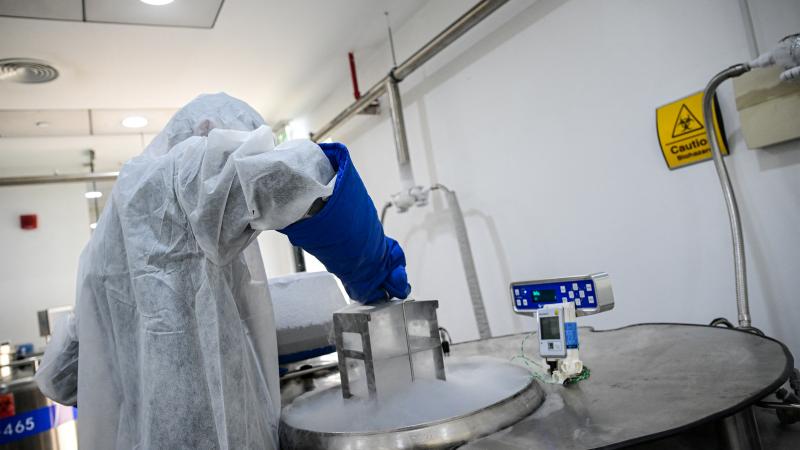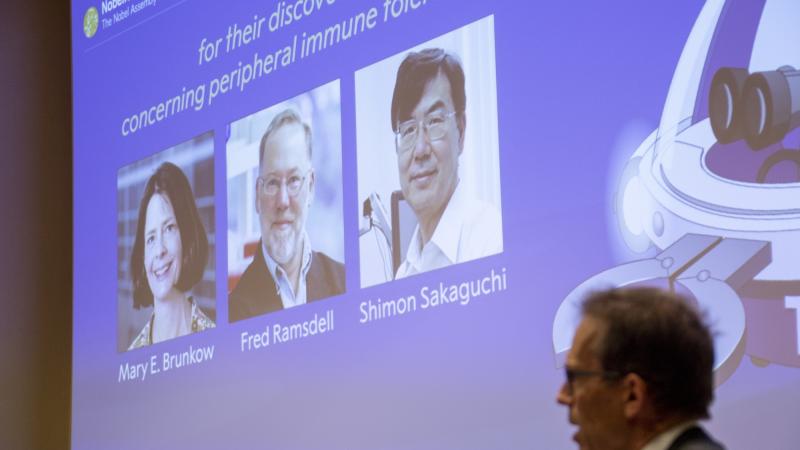Webb space telescope returns 'rare sight' of 'Cartwheel Galaxy' 500m light-years away
Powerful telescope sheds light on galaxy's formation, central black hole.
The James Webb Space Telescope this week returned a stunning image of a vastly distant and rare type of galaxy, one that was the product of two galaxies colliding nearly half a billion years ago.
The Webb telescope reveals that the well-known "Cartwheel Galaxy" is "in a very transitory stage," NASA said in a press release announcing the findings.
"The galaxy, which was presumably a normal spiral galaxy like the Milky Way before its collision, will continue to transform," the space agency said. "While Webb gives us a snapshot of the current state of the Cartwheel, it also provides insight into what happened to this galaxy in the past and how it will evolve in the future."
The image was obtained via Webb's Near-Infrared Camera, or NIRCam, which NASA said allows its scientists to visualize space "in the near-infrared range from 0.6 to 5 microns, seeing crucial wavelengths of light that can reveal even more stars than observed in visible light."
"IRCam also reveals the difference between the smooth distribution or shape of the older star populations and dense dust in the core compared to the clumpy shapes associated with the younger star populations outside of it," the agency said.
















